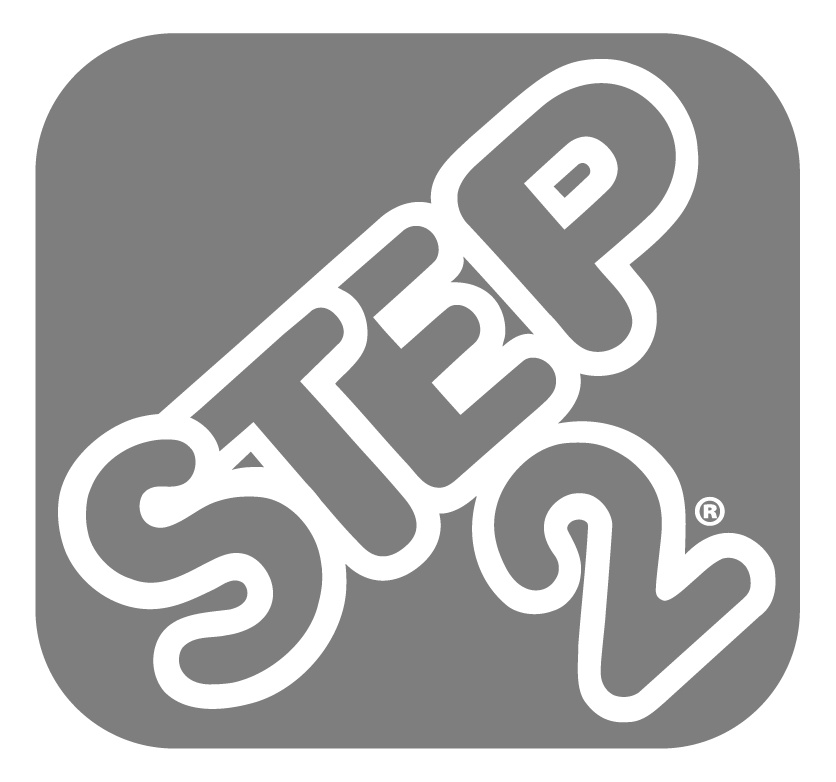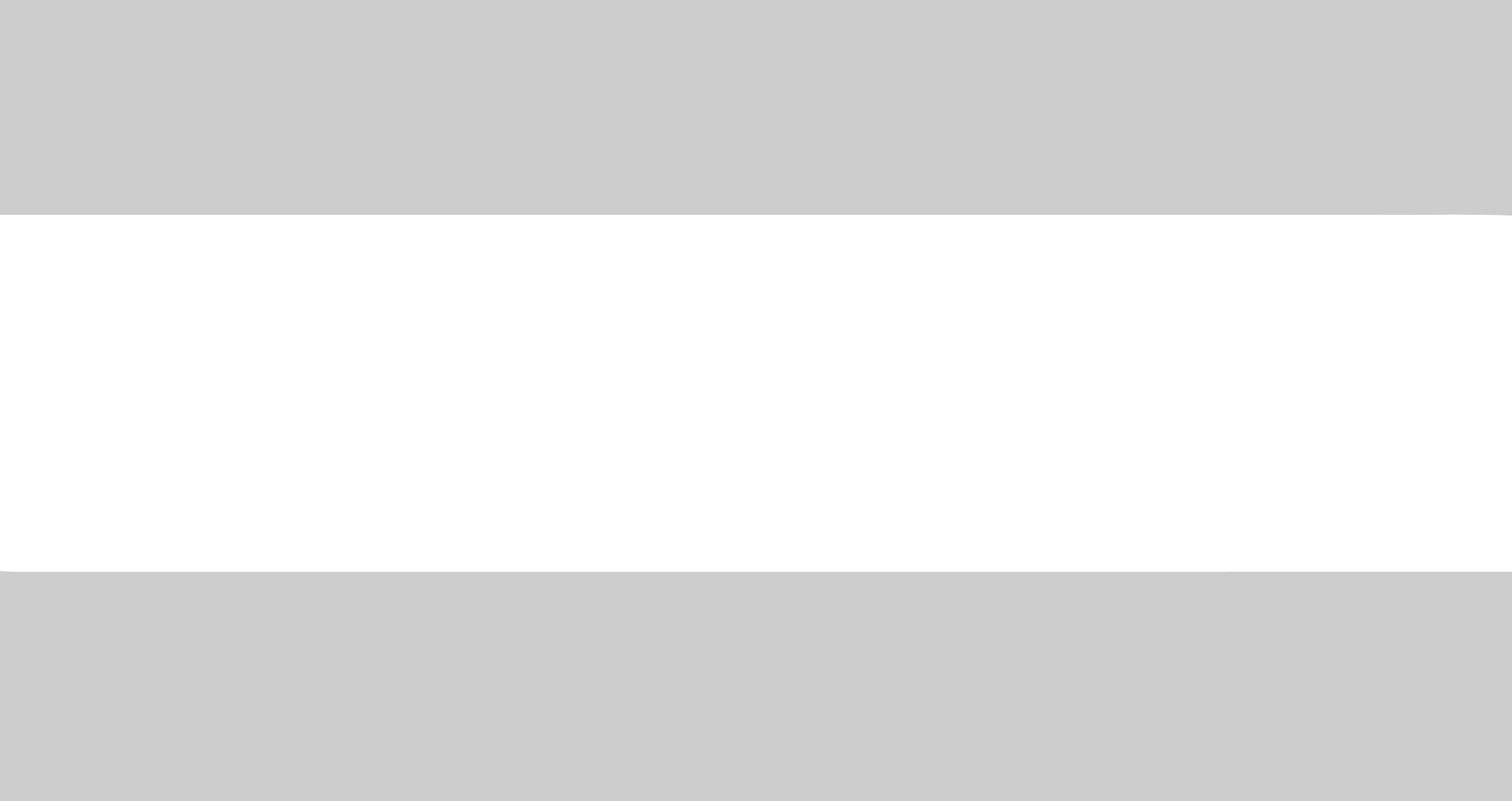Unlocking Value – How Effective Sales, Inventory and Operations Planning (SIOP) Can Boost Middle Market Company Performance
- Arun Lamba, Managing Director | Head of Performance Improvement
- Karl Roberts, Managing Director
- Jay Enders, Director
Why Middle Market Companies Need Effective SIOP
|
SIOP is a dynamic, repeating, integrated business process that aligns sales forecasts with production plans, purchases and inventories to consistently and efficiently meet targeted financial goals. An effective SIOP capability can improve customer service levels and stickiness, produce incremental revenue, reduce operating costs and optimize working capital. Getting SIOP right can be challenging, especially for middle market companies that may lack the know-how, processes or tools to manage it well – resulting in a range of preventable performance gaps –
The Bottom Line – SIOP challenges directly result in lower sales, weaker profit margins, excessive working capital and higher than desirable operating costs. Sponsors and management teams can minimize these downsides – or avoid them altogether – by taking a proactive, hands-on approach to actively and effectively managing the SIOP process. |
SIOP Improvements Can Drive Sizeable Benefits
*Representative actual results achieved for middle market clients across a range of industry sectors |
DEMYSTIFYING SIOP
At its core, an effective SIOP process helps management ensure that the right volumes of the right products are readily available and aligned with what customers are expected to buy and when they are expected to buy it. Most middle market companies recognize regular symptoms of an underdeveloped SIOP management capability (e.g., persistent shipping delays, consistent product line overstocks, too many expedited shipments, etc.) and often attempt to address them in a piece-meal fashion, only to face the same issues time and again down the line. Many companies implement some form of SIOP, but struggle to find the right cadence of meetings, or find it hard to achieve collaboration between functions to make key decisions that drive better, more consistent results. Managers also often lack the right information or visibility to support decision-making.
A highly capable SIOP process has to consider a wide range of factors that impact the business – planned and unplanned shifts in demand, variability in supplier delivery times and quantities delivered, planned and unplanned production constraints, warehouse capacity limitations, new product introductions and end-of-life product lifecycle management actions. Getting it right requires a high degree of cross-functional coordination and collaboration across multiple business functions – most notably sales, customer service, production, operations and finance – to ensure full awareness, alignment and coordination and, ultimately, arrive at a mutually agreed set of objectives and related financial forecasts for the business.
Achieving that mutually agreed plan requires cross-functional alignment on five key SIOP elements –
- Meeting Cadence and Objectives – Structured meeting cadence, with clear objectives and key performance indicators (KPIs) to underpin decision-making
- Granular Demand Forecast and Sales Plan – Developed and sales-approved demand forecast of units, product mix, pricing and total revenue
- Customer Service Levels and Respective Inventory Carry Requirements – Clearly defined target service levels for all customer segments and product lines, with clear safety stock guidelines and inventory carry requirements to achieve the targeted service levels
- Purchasing Quantities and Lead-Time Plan – Risk-adjusted plans based on actual supplier lead times and demonstrated reliability to ensure sufficient supplies to meet production plans
- One View of Expected Financial Results – Revenues, margin expectations and other KPIs
FOUR CASES TO ILLUSTRATE COMMON PITFALLS IN SIOPThe four case summaries that follow are examples of middle market companies that partnered with Portage Point professionals to leverage key SIOP processes to produce better outcomes. |
|
Case Study 1 – Home Decor Materials Distribution
|
Case Study 2 – B2B Recreational Equipment Production and Distribution
|
Case Study 3 – Major Regional Grocery Chain
|
Case Study 4 – Specialty Apparel
|
THE PORTAGE POINT APPROACH
High-performing companies understand and embrace the value of a strong SIOP strategy and day-to-day capability. Portage Point can help businesses implement effective SIOP capabilities that impact the bottom line, keeping customers happy while strengthening financial results. On a typical SIOP assignment, Portage Point partners with clients to lead
- An initial assessment to identify strengths, issues and gaps as well as potential solutions
- An accelerated SIOP implementation timeframe to quickly drive immediate-term impacts
- A collaborative partnership ensuring goals are met as sustainable improvements in processes, skills and tools are enacted















